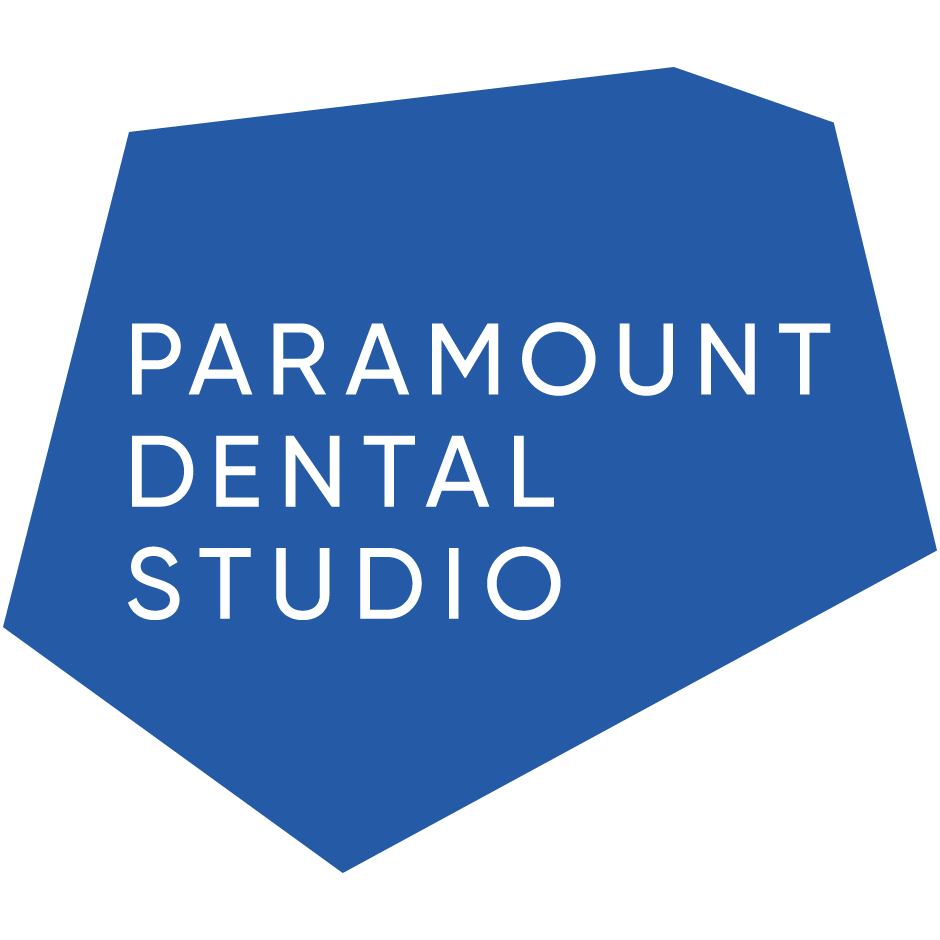An Extraoral Scanning Guide: Go Digital With Physical Materials
Follow our tips below, or in our free Digital Denture scanning course, to accurately scan physical impressions, wax bite rims, and try-ins, without worry about losing them in the mail. You can also use this workflow to remake existing dentures and seat them in 2 appointments.
How to Scan Physical Impressions, Wax rims, and Try-ins,
Before scanning:
Apply white scan spray to the appliance as necessary to reduce glare.
Please note: Scan spray should not be used in the mouth, and wax bite rims, try-ins, and existing dentures should not be placed in the mouth with scan spray on them. We recommend Vacalon white scan spray .
For wax bite rims: Cut “X”s into posterior occlusal surfaces and buccal surfaces to provide the scanner with additional landmarks.
Trim any excess impression material from the facial, occlusal, and lingual surfaces to prevent misalignments or other inaccuracies.
Visualizing your strategy before scanning will improve the outcome. Note any distinct characteristics to make sure to capture while scanning.
While Scanning
Scan slowly and steadily and pause your scanner occasionally to allow images to render (and to check your progress and touch up any areas with missing data).
General Scan Strategy for Monolithic Try-Ins and Existing Dentures:
Begin on the occlusal surface of the second molars and roll back and forth across the occlusal surface while moving towards the anteriors, continuing around to the second molars on the opposite side.
Maxilla only: Roll lingually and scan the palate, following the arch to the midline while swinging back and forth to the distal border (capturing some of the intaglio) until wrapping to the buccal flange.
Mandibula only: Roll lingually and scan the lingual flange all the way to its border (capturing some of the intaglio), continuing back around to the second molars on the opposite side.
Beginning at the same second molar you started with, roll to the border of the buccal flange (capturing some of the intaglio), continuing around to the second molars on the opposite side.
Scan the intaglio surface by following the alveolar ridge, using a twist motion to capture undercuts.
Maxilla only: Move back and forth toward the midline to connect with the previous scan data at the distal border.
Don't forget to take a bite scan either intraorally or extraorally. If there's only one restorative arch, take a bite registration, and then take an intraoral bite scan with the bite registration to lock the correct bite in place. If both arches are being restored, you can scan the bite either intraorally or extraorally, using the bite registration to align and lock the correct bite in place.
General Scan Strategy For Wax Bite Rims
Begin on the intaglio surface of the wax bite rims, following the alveolar ridge, using a twist motion to capture undercuts.
Maxilla only: As you follow the alveolar ridge, move back and forth toward the midline and then connect the scan data at the distal border.
Beginning on the intaglio surface above the second molars on one side, roll back and forth across the buccal flange (capturing some of the occlusal surface), continuing around to the second molars on the opposite side.
Roll over to the occlusal surface of the second molars, roll back and forth across the occlusal surface while moving toward the anteriors, continuing around to the second molars on the opposite side.
Roll lingually and scan the lingual flange all the way to its border (capturing some of the intaglio), continuing back around to the second molars on the opposite side.
Don't forget to take a bite scan either intraorally or extraorally. If there's only one restorative arch, take a bite registration with the wax bite rim in the mouth, and then take an intraoral bite scan with the bite registration to lock the correct bite in place. If both arches are being restored, you can scan the bite either intraorally or extraorally, using the bite registration to align the wax bite rims and lock the correct bite in place.
After Scanning
Review your scans for missing data or overlapping data. Overlapping areas should be rescanned, while missing data can be easily captured by directly scanning those areas.
Want More Scanning Tips?
About Paramount:
Paramount Dental Studio is a family-owned, veteran-operated dental lab in Huntington Beach, California. We’ve been trusted by dentists with high-quality work since 1981. We are a leader in digital dentistry, working with all scanners and physical impressions.
